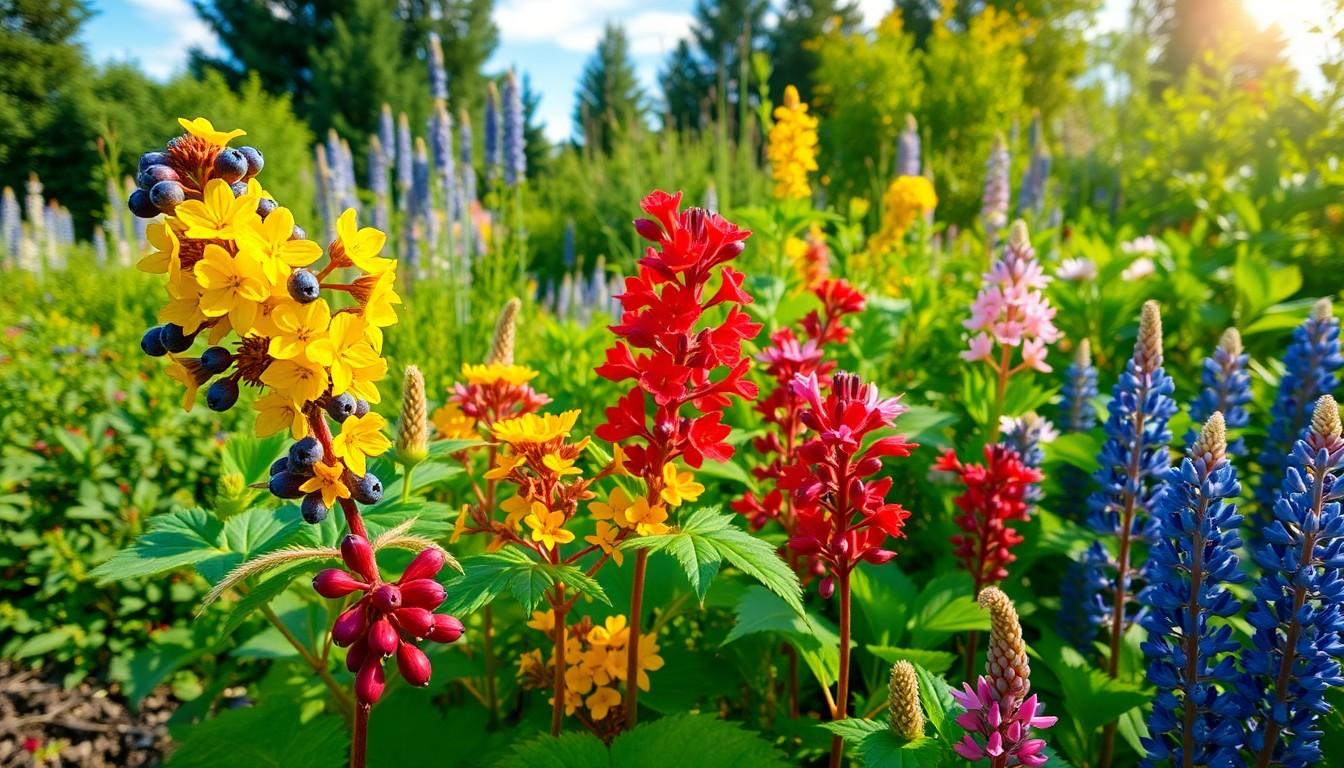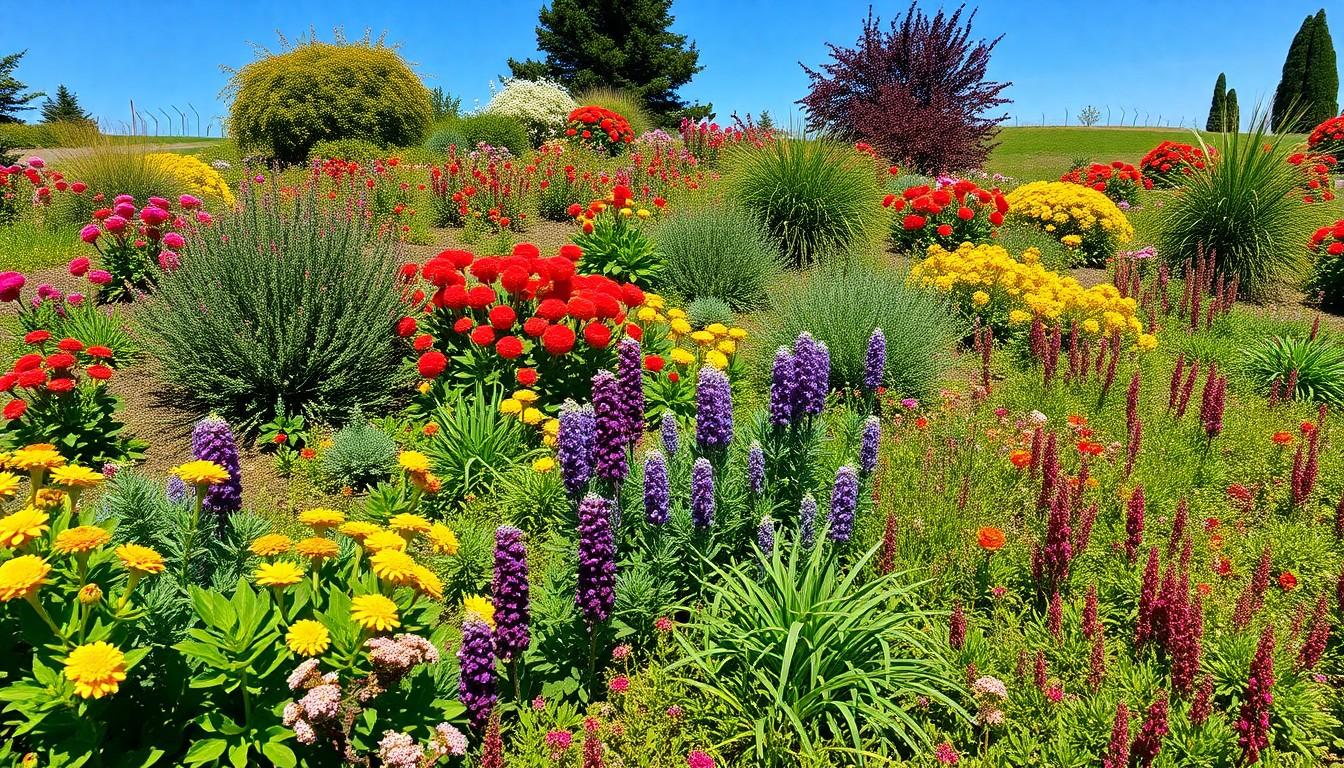When it comes to landscaping, why settle for ordinary when you can embrace the extraordinary? Native Oregon plants offer a vibrant palette of colors and textures that not only beautify your yard but also support local wildlife. Imagine transforming your outdoor space into a lush, eco-friendly oasis that even the local squirrels will envy.
Importance Of Native Oregon Plants For Landscaping
Native Oregon plants enhance landscaping while promoting biodiversity. Their integration into gardens benefits both aesthetics and the environment.
Benefits For Local Ecosystems
Native plants contribute significantly to local ecosystems. They provide essential habitats for wildlife, including pollinators like bees and butterflies. Many native species support a balanced food web, which is crucial for ecological stability. Moreover, these plants require less water and fewer chemical inputs compared to non-native varieties, promoting sustainable practices. Increased biodiversity also leads to healthier soil, better pest management, and reduced erosion.
Cost-Effective Landscaping Solutions
Using native plants offers cost-effective landscaping solutions. These plants often thrive in local soil conditions, minimizing the need for fertilization and irrigation. Their drought resistance lowers water costs during dry seasons. Additionally, native plants require less maintenance, reducing labor costs over time. By selecting plants adapted to Oregon’s climate, homeowners enjoy long-lasting beauty without frequent replacements, making native landscaping a smart financial choice.
Popular Native Oregon Plants

Native Oregon plants offer a variety of choices for landscaping that can thrive in local conditions. Homeowners appreciate these plants for their beauty and ecological benefits.
Flowering Plants
Oregon’s landscape features numerous flowering plants that enhance outdoor beauty. Examples include the Oregon grape (Mahonia aquifolium), which produces clusters of vibrant yellow flowers followed by blue berries. Additionally, the red flowering currant (Ribes sanguineum) features eye-catching pink to red blossoms that attract hummingbirds. Another popular choice, the lupine (Lupinus spp.), presents stunning blue or purple spikes, providing color during spring and summer. These flowering plants not only add aesthetic appeal but also support local pollinators.
Shrubs And Bushes
Many native shrubs and bushes enrich Oregon gardens with their foliage and structure. The common snowberry (Symphoricarpos albus) grows clusters of white berries, appealing to various wildlife. Also popular, the western serviceberry (Amelanchier alnifolia) offers delicate white flowers, turning into sweet, edible berries. Coastal sagebrush (Artemisia californica) provides aromatic leaves while thriving in sandy soils. Each shrub contributes unique textures, colors, and essential habitats for birds and insects.
Ground Covers
Ground cover options abound among native Oregon plants, promoting sustainable landscaping. Creeping Oregon grape (Mahonia repens) flourishes as a low-growing alternative, featuring glossy leaves and bright yellow flowers. First-rate for erosion control, the kinnikinnick (Arctostaphylos uva-ursi) displays attractive foliage and small pink flowers, supporting diverse wildlife. Additionally, wild ginger (Asarum caudatum) thrives in shaded areas, providing vibrant greenery and interesting foliage. These ground covers reduce water use while enhancing soil stability and biodiversity.
Design Ideas Using Native Oregon Plants
Native Oregon plants provide numerous opportunities for creative landscaping that supports both beauty and ecological health.
Creating A Pollinator-Friendly Garden
Utilizing native flowering plants like Oregon grape and red flowering currant attracts local pollinators. Consider planting a mix of these species to offer blooms throughout the growing season. Providing structures such as small bushes and shrubs gives bees and butterflies ideal resting places. Additionally, incorporating a water source like a small birdbath can further enhance the environment for these vital creatures. By ensuring a diverse selection of native plants, a vibrant pollinator-friendly garden fosters biodiversity while adding color and texture to outdoor spaces.
Incorporating Edibles In Landscaping
Mixing native edible plants into the landscape creates functional beauty. Western serviceberry produces sweet berries, perfect for snacking and attracting birds. Red flowering currant offers not only blossoms for pollinators but also tangy fruit for fresh dishes. Ground covers like creeping Oregon grape add flavor and texture while stabilizing soil. Planting these native species results in a landscape that’s visually appealing and provides fresh, sustainable food options. Homeowners can easily integrate both aesthetics and utility, enhancing their outdoor environment.
Best Practices For Planting And Maintenance
Using native plants in landscaping requires specific techniques for effective planting and maintenance. Following best practices creates a thriving environment for these plants.
Soil Preparation Techniques
Preparation of the soil significantly impacts plant health. Testing soil pH and nutrient levels helps determine necessary amendments. Adding organic matter such as compost improves soil structure, promoting drainage and aeration. Utilizing native mulch helps retain moisture while suppressing weeds. When planting, ensure the planting hole is twice as wide as the root ball to encourage root expansion. Keeping this in mind will facilitate healthy growth and establishment.
Watering And Irrigation Methods
Watering techniques play a crucial role in the maintenance of native plants. Native species generally require less water, but providing adequate moisture during their establishment phase is essential. Utilizing drip irrigation systems delivers water directly to the roots, minimizing evaporation and runoff. Watering deeply and infrequently encourages deep root growth. Installing rain barrels or other water-capturing systems enhances sustainability by utilizing rainwater. Adjusting watering schedules based on seasonal rainfall helps conserve water while supporting plant health.
Conclusion
Embracing native Oregon plants for landscaping not only beautifies outdoor spaces but also fosters a thriving ecosystem. These plants are well-suited to local conditions, requiring less maintenance while providing essential habitats for wildlife. By integrating a variety of native species, homeowners can create vibrant gardens that attract pollinators and support biodiversity.
The financial benefits are significant as well. Reduced water needs and lower maintenance costs make native landscaping a smart investment. With thoughtful design and proper care, native plants can transform any garden into a sustainable haven that enhances both beauty and ecological health. Choosing native is a step toward a greener future.

